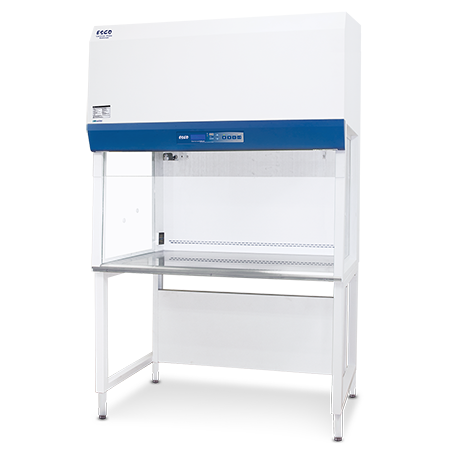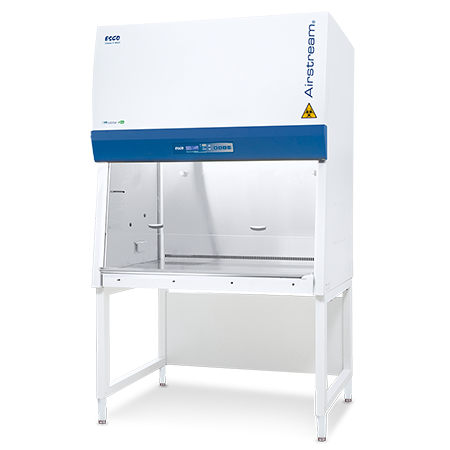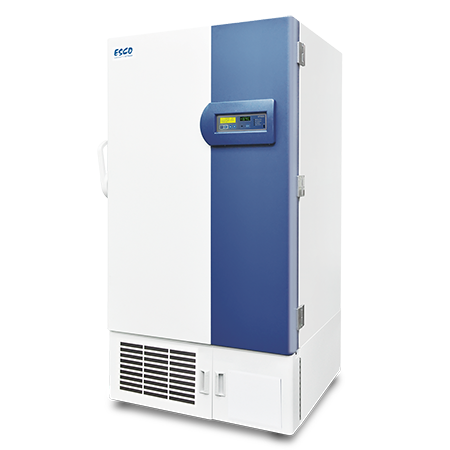Bacterial Culturing From Glycerol Stocks

Bacterial Glycerol Stocks (BGS) are fundamental for long-term storage. According to the Addgene repository, this is the most effective way of storing samples indefinitely. While bacteria on an agar plate can normally be stored in the refrigerator and lasts a few weeks, storing bacteria in a tube with glycerol on the other hand will stabilize it, preventing damage on the cell membrane. BGS keeps the cells alive, viable, and allows long-term storage.
In research, the storage of laboratory samples serves a principal function to preserve their credibility for analysis. One of the most useful techniques in doing so is freezing.
SAMPLE PRESERVATION AND STORAGE
Freezing bacterial cultures alone can damage the samples. Ice crystals formed will dehydrate the bacteria, and the subsequent localized increase in salt concentration leads to the denaturation of proteins. However, when frozen with glycerol, it alleviates the harmful effects caused by ice crystals in bacteria. Reviving your bacterial culture from glycerol stocks allows you to readily use your stored sample again.
Freezer stocks serve as the collection of cultures that are contained in 50% glycerol and stored in an Ultra-low Temperature Freezer at -80°C. Sample integrity during long-term storage at ultra-low temperatures is of paramount importance and requires equipment designed to cope with specific needs, including slow warm-up during a power failure and energy efficiency.

To ensure viability, each sample is kept in a steady, reliable environment, and is continually monitored to guarantee that optimum temperatures are maintained over many years. These samples can then be transferred into culture media to allow them to grow from a single bacterial cell to large colonies. Proper usage of safety cabinet that provides product protection is very essential when it comes to culture media preparation.
CULTURE MEDIA PREPARATION
Vertical Laminar Flow Cabinets provide optimum product protection which may be employed for the culture media preparation to avoid contamination. Once the preparation of culture media is done, inoculation of microorganisms by the streaking method follows. However, biological agents may exert biological hazards to operators to which greatly requires user, product, and environment protection.
MICROORGANISM MANIPULATION
Biological Safety Cabinets provide user, product, and environmental protection when working with pathogenic microorganisms through the airflow mechanism inside the cabinet. This will ensure that even the tiniest microorganism will not prompt health hazards. A small amount of sample from the glycerol stock is streaked onto a freshly prepared agar plate to be cultivated for further analysis.
PROCESS WORKFLOW

Inoculate an overnight liquid culture.

Create Bacterial Glycerol Stock (BGS).

Transfer BGS on a screwcap cryogenic tube and store in a -80°C freezer.

Recover the bacteria by using a sterile loop and scrape off from frozen BGS.

Streak the bacteria onto an agar plate and grow overnight in appropriate environment temperatures.

Proceed to overnight culture preparation and microorganism manipulation.
Using appropriate laboratory equipment for each application is essential quality yield.
Read more here: Clinical Research
References:
[1] Addgene, (n.d). Creating Bacterial Glycerol Stocks for Long-term Storage of Plasmids. https://www.addgene.org/protocols/create-glycerol-stock/
2] BROAD Institute. Genetic Perturbation Platform. Modified April 2009 and last reviewed September 2015. Protocol: Use of Glycerol Stocks and Preparation of Transfection-Quality Plasmid DNA. https://portals.broadinstitute.org/gpp/public/dir/download?dirpath=protocols/production&filename=glycerol_stocks_and_DNA_shRNA_CRISPR_ORF_sept2015.pdf


